Local folklore along EuroVelo 19 – Meuse Cycle Route
France
EuroVelo 19's story starts in Haute-Marne, France, where the Meuse flows before going north. Don’t be fooled by the calm ambience, legends here pack a lot of drama. Near Balesmes-sur-Marne, you’ll find the cave of Sabinus, a Gaul rebel who fought against the Roman occupation and hid here for nine years, until he was captured and tortured. Popular tradition places Sabinus' underground refuge in this cave. However, there is no archaeological evidence to support this location; you will have to visit it and see if you feel his presence.
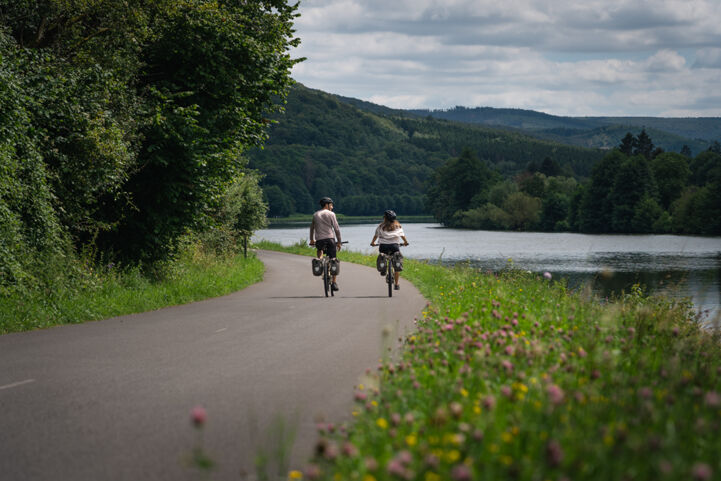
Cycling towards the Ardennes, the scenery grows wilder and so do the tales. One of the most shocking is the story of the Dames de Meuse. According to legend, in the year 1080, the Lord of Hierges had three sons who married the three daughters of the Lord of Rethel. While the husbands went to war in the Holy Land, the wives betrayed their vows. On the day Jerusalem fell, the women were turned into three great rocks overlooking the river. Today, those rocky “ladies” still stand, rising 400 metres high. If you feel like taking a break from cycling, you can go for a 14 km hike on the Dames de Meuse trail. The hike rewards you with unforgettable views across the valley.
Belgium
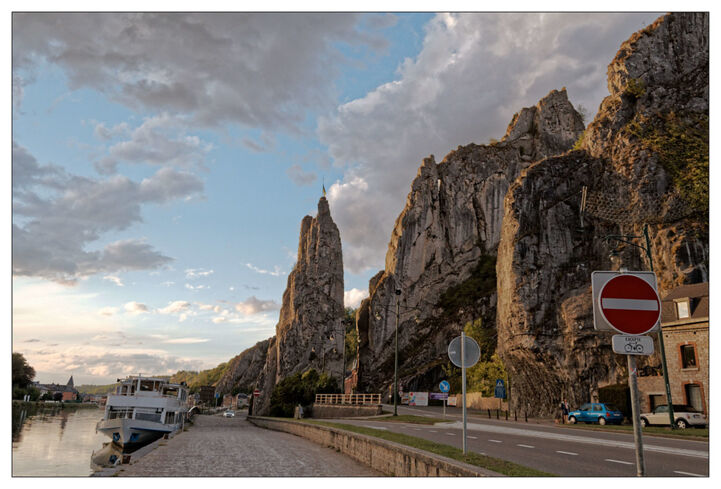
, offering more than 100 km of cycling that mixes riverside calm with legendary stories. The Belgian Ardennes are as enchanting as their French neighbours.
In Dinant, the legend says that the four sons of a lord named Aymon fled the court of Charlemagne on the back of their horse Bayard. Bayard trotted through valleys and rivers, laden with four boys, in an effort to escape the Emperor. When Charlemagne thought he had them at last, Bayard struck the rock with his hoofs and jumped across the Meuse, to safety. The great rock was broken in two by the pressure of Bayard's leap. The now famous Rocher Bayard, is said to be the imprint of Bayard's hoof.
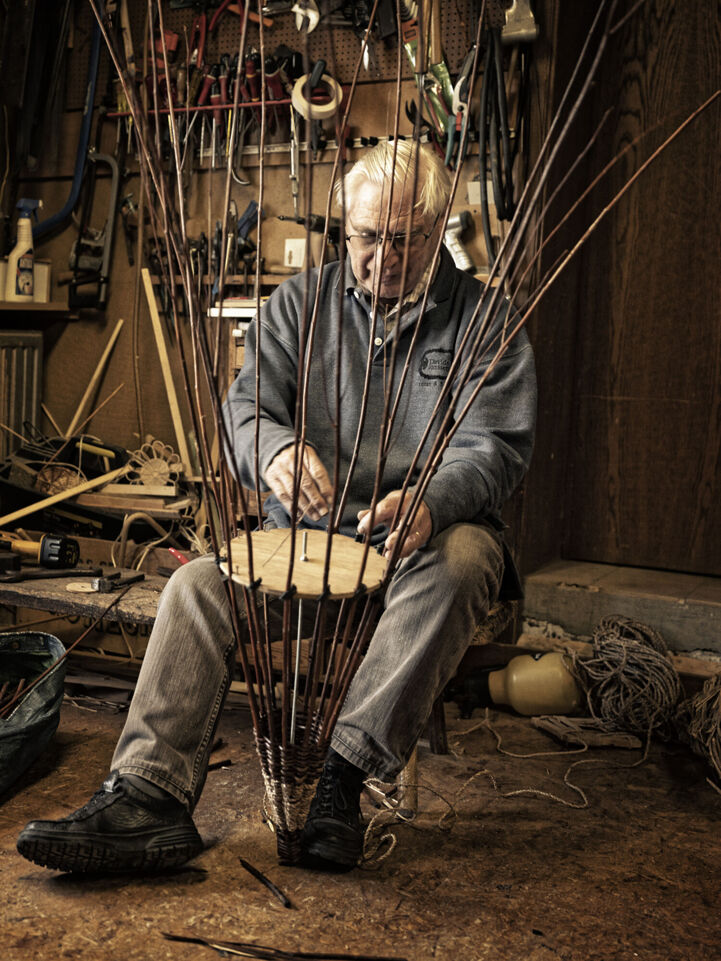
Cycling into Limburg, you might sense the drama in the air. Limburg, in particular, has a mischievous reputation thanks to the Bokkenrijders. In the 18th century, these feared gangs of robbers became wrapped in folklore, accused of flying through the night on goats after signing pacts with the devil. Keep pedalling north and the tone softens in Stokkem, where local artisans still weave baskets from the Meuse’s reeds, turning nature into craft.
Smuggling once thrived here too, with coffee, butter and tobacco slipped over the border under the cover of darkness. Today, the Smokkelmarkt festival keeps that cheeky history alive in far friendlier ways.
And then there are the schutterijen, centuries-old marksmen’s brotherhoods that march in parades and dress in historic uniforms. If you’re lucky enough to arrive during the annual Oud Limburgs Schuttersfeest, it’s like cycling into a medieval-meets-modern carnival that proves Belgian Limburg’s traditions are alive and kicking. Belgium’s stretch of the Meuse Cycle Route may be short, but it packs in legends that will stick with you for many kilometres.
The Netherlands
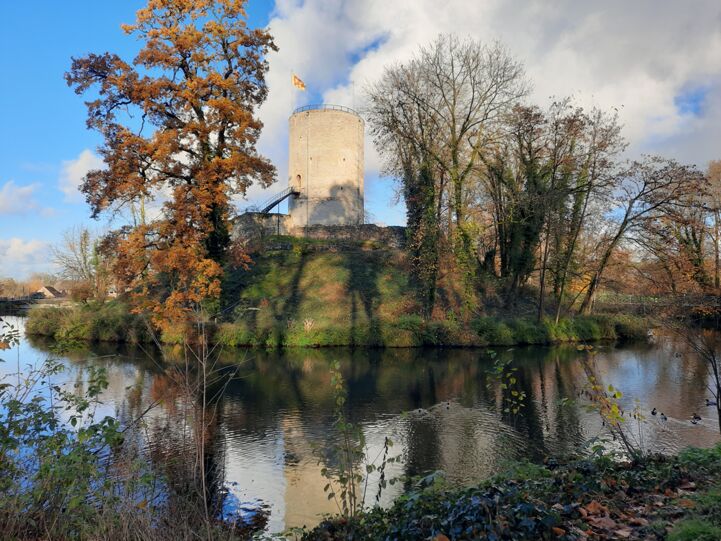
, the Meuse Cycle Route leads you into South Limburg. Here, breathtaking scenery meets its quirky folklore. Tiny creatures called Auvermennekes lived in and around Stein Castle. They lived in the castle's secret underground cellars and they could also make themselves invisible. The legend says that they rest during the day, but at the nights they come to your house and do the chores like quietly clean the house, wash clothes or paint the walls. Who knows? Maybe they’ll give your bike tyres a little extra air.
The archaeological finds remind you that this valley has seen everyone from Romans to Vikings to smugglers… and now, you, on your bike. And if you want to feel what life was like back in the smuggling days, there’s even an escape room where you can quite literally step into a smuggler’s shoes!
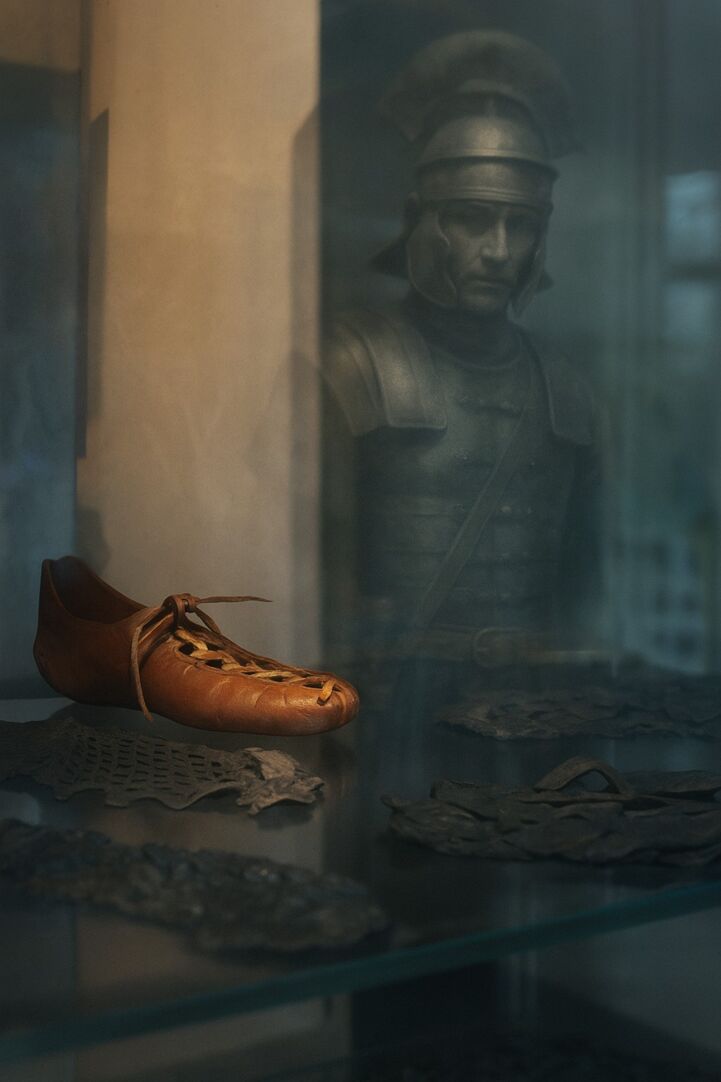
The ride through North and Central Limburg brings legends as colourful as the villages themselves. In Beesel, locals stage a dragon-slaying spectacle every seven years to celebrate Saint George’s win with fire and music. Roermond casts a darker shadow with memories of witch trials, while in Weert Antje van de Statie put the town on the map with the famous Weert pie. Her statue at the station keeps her memory alive, and the authentic Weert pie, still baked just like in her day, will keep your belly full. Make sure to try it so you have energy for a few extra kilometres.
Further along, the route enters Noord-Brabant, where the Land van Cuijk is not short of bizarre legends. One story tells of a Roman soldier whose sandal was lost to the Meuse after a ghost appeared and warned him of an attack. You can find the other sandal today in Cuijk’s museum. Another legend speaks of the Duvelsklökske of Sambeek, a church bell said to have vanished into the bushes, yet still rings on stormy nights. If you are (un)lucky you may hear it during your stay in the region!
Cycling to Voorne-Putten and rolling into the town of Brielle, you’re literally cycling into the place where the Netherlands began. On 1 April 1572, the Watergeuzen, a fleet of Sea Beggars, stormed the harbour against the Spanish rule. From that moment, the fight for Dutch independence was on. Today, the cobbled streets and more than 400 monuments still whisper that story, whether you go to the Historisch Museum Den Briel or stumble across a lively 1 April reenactment (yes, with costumes, canons and cheers of “Vive les Gueux!”). Even on a quiet day, pedalling past Brielle’s harbour feels like riding through history, the perfect end before the Meuse carries you to the sea.
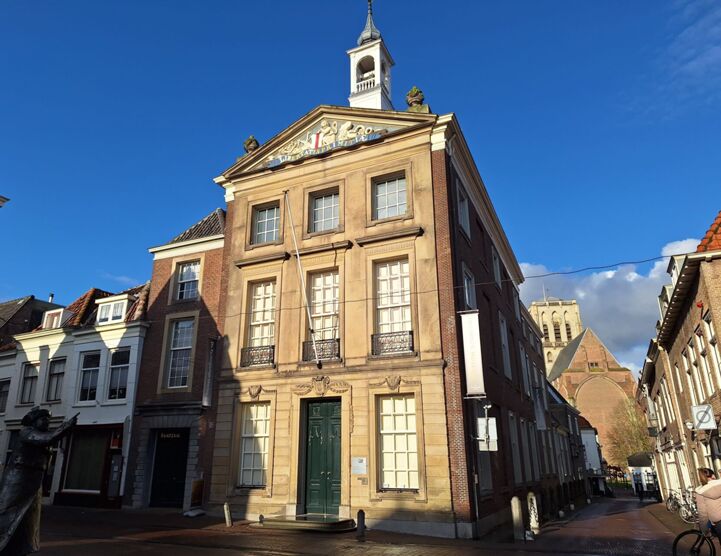
A river of stories
What better way to get to know the towns and regions along EuroVelo 19 – Meuse Cycle Route than through their folklore? These stories are not just old myths: they’re living traditions, kept alive in local festivals, folklore museums and celebrations. So saddle up, the river’s stories are waiting for you!
Article by Mariona Garcia-Arbós